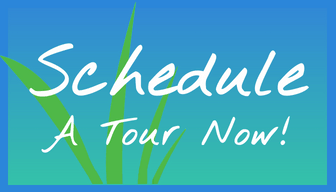By Ann Harman, D.O., L.M.T., Guild Certified Feldenkrais Practitioner (cm)
When we do TMJ work, we often think of massaging the masseters, doing intra-oral work, etc. However, another place to consider is the hyoid bone.
The hyoid is a bone that is often forgotten. Sometimes simplified anatomy books leave it out, and it is not seen on many skeletons. It does not articulate with other bones in the skeletal chain but hangs freely just below the mandible in the upper neck. Free and efficient movement of this bone is essential for relaxed and comfortable speech, chewing, singing, and swallowing. Due to its connections to the mandible, temporal bone, tongue, thyroid cartilage, clavicle, sternum, ribs, and scapula, restrictions of the hyoid contribute to neck and shoulder pain/dysfunction as well as to TMJ syndrome.
How can we work with the hyoid? First of all, this is a delicate bone in a sensitive area. Keep in mind that this bone breaks in strangulation injuries, and many people find it “creepy” to be touched here. Handle it gently, and only with permission.
Before you touch a hyoid, study it in an anatomy book Notice that the cornua, or “horns” sit directly below the angle of the mandible. This will help you find it without poking around the neck. Find it on yourself and move it around gently. Handle it as you would like it to be handled by someone else. Then find a friend who will let you explore his/her hyoid. Notice how it may not be situated in exactly the same place in another person, and get your friend’s feedback about what feels good and what doesn’t.
To work with the hyoid, start by placing a thumb and third finger of one hand, or an index finger of each hand, on each horn. (Client is lying on back.) Gently stroke the hyoid, with your digits approaching each other in the midline. so that the hyoid gently lifts. Do not grasp the bone firmly; skin contact is sufficient. Repeat this several times. This should feel relaxing to your client, assuming that your touch is gentle and you are working with someone who is comfortable with work in this area.
Next, hold the cornuas again. Gently move the hyoid to the left, and then the right. Which way does it move more easily? Gently move it to the preferred direction and allow it to drift back to its home in the center. Repeat several times. Then gently move it in the other direction and allow it to drift back. Repeat several times. Work slowly and give the hyoid several seconds to find its way home. After you have done this, gently check the easy range of motion right and left again. (This means don’t force it; just see where it moves easily.) Has it changed?
This simple techniques can be surprisingly effective in relaxing the muscles of the jaw, neck, and shoulders. Often the hyoid is the forgotten link in the chain, which is essential for unlocking tension in this area.
Ann Harman will be teaching TMJ: A Feldenkrais Approach as a six hour CE class in June, as well as classes about breath, core strength, and neck pain/headache. Click links below or go to FSM website for class descriptions and registrations.



